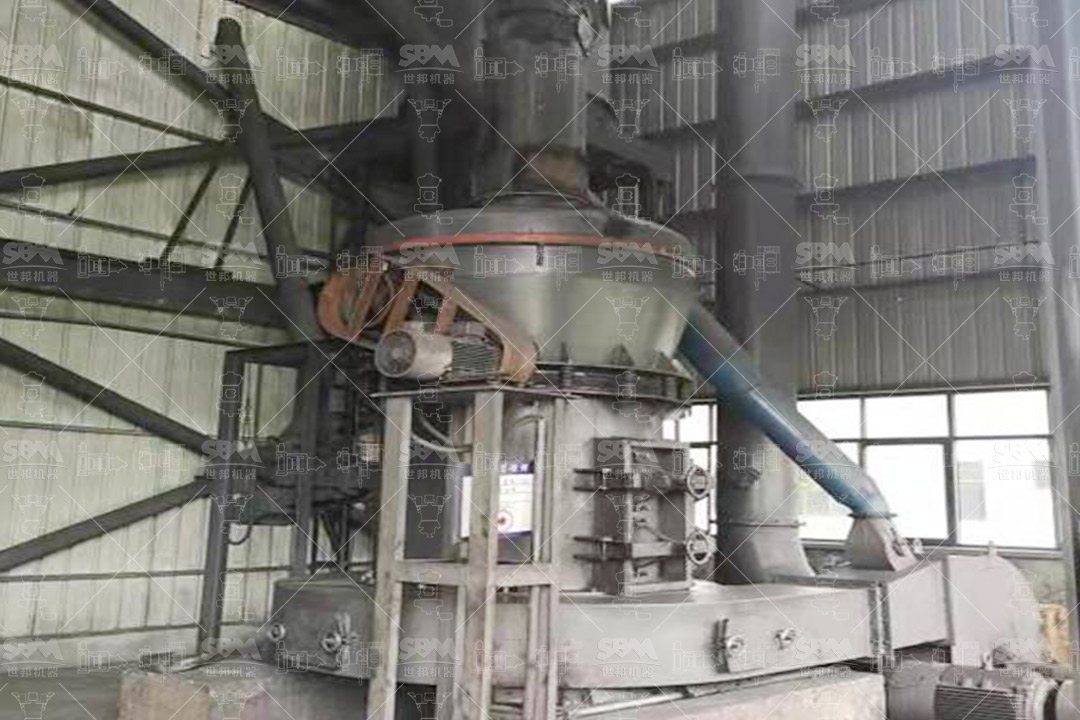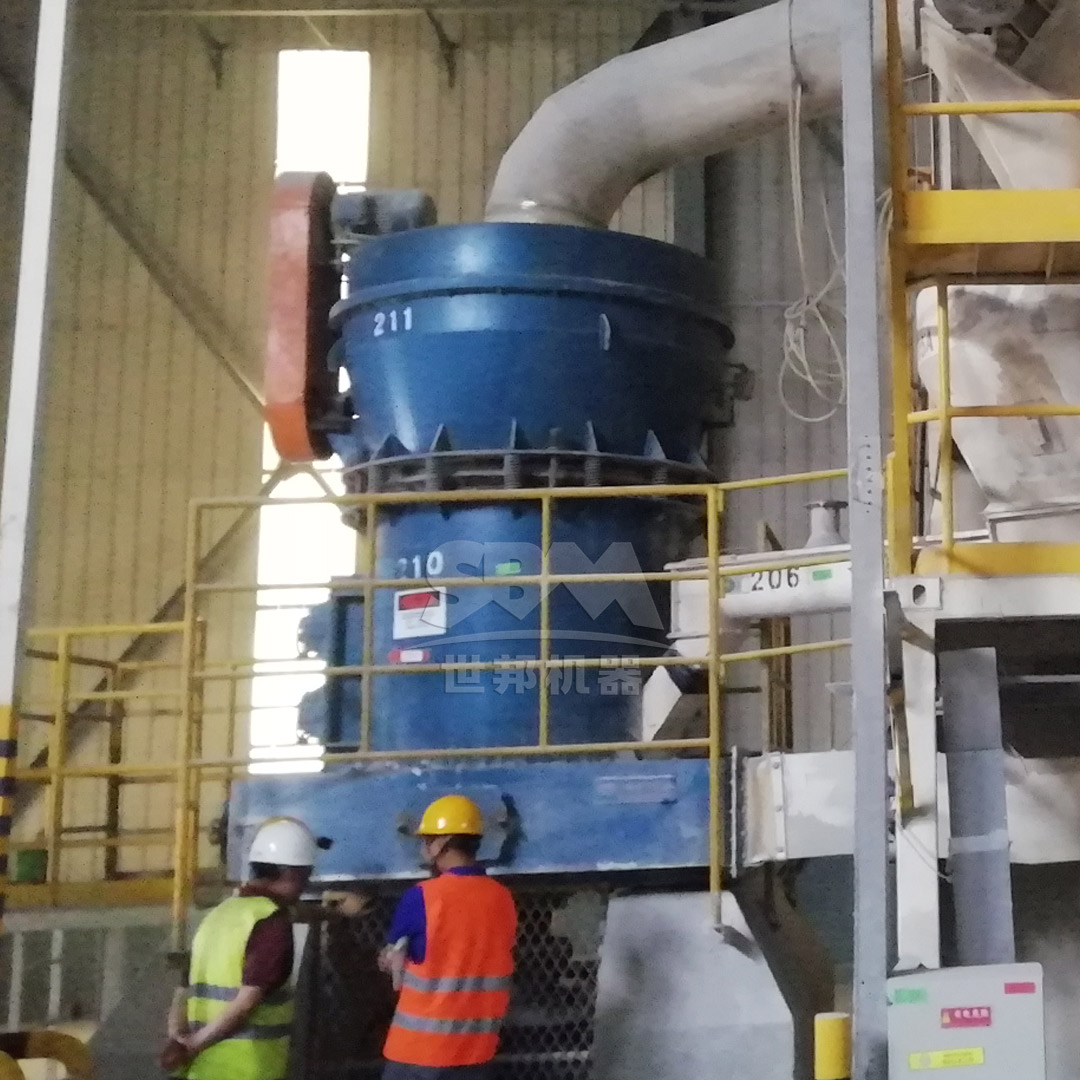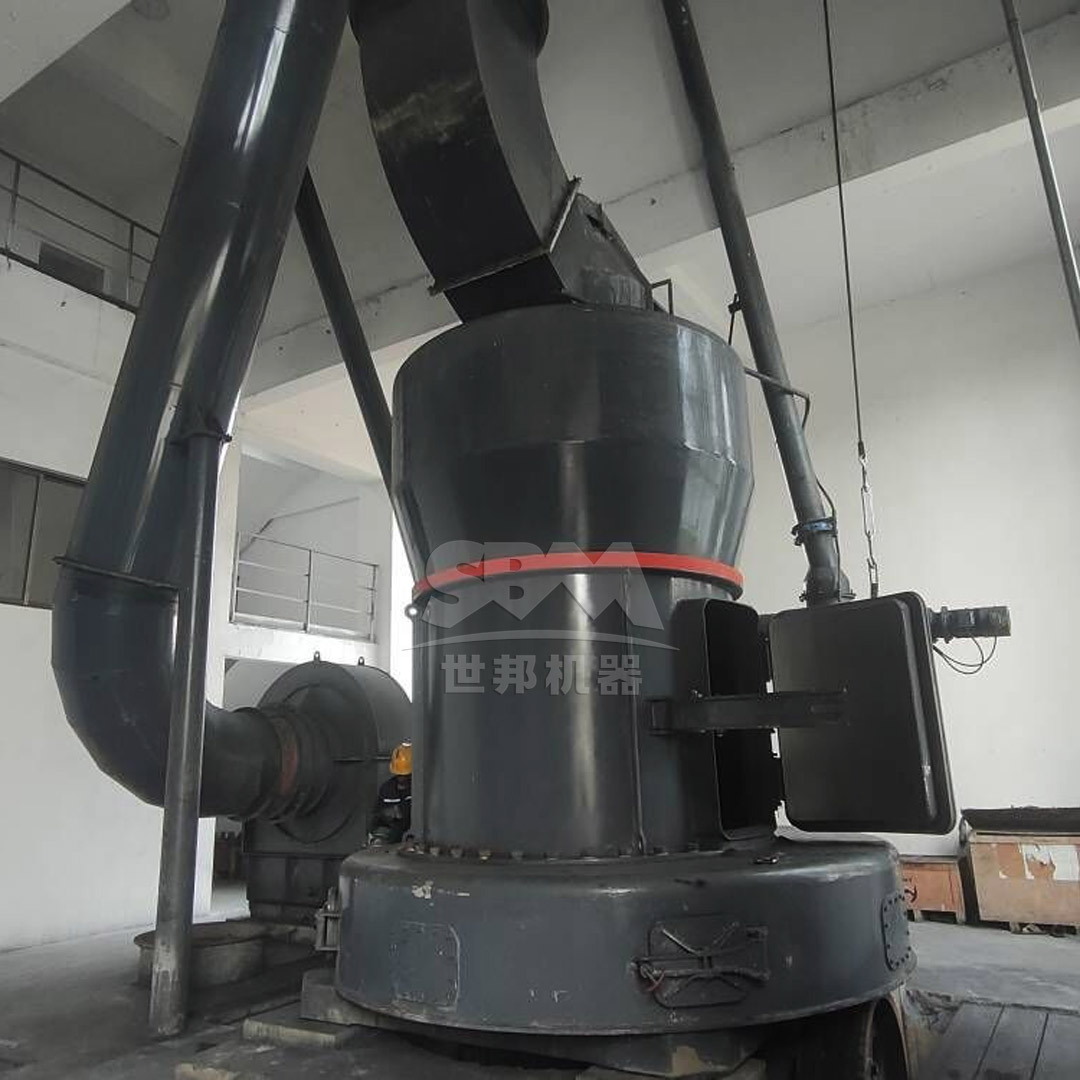Graphite, with its unique layered structure and exceptional electrical conductivity, has become an indispensable material in modern industrial applications. From lithium-ion batteries and fuel cells to conductive coatings and advanced composites, the demand for high-purity graphite powder continues to grow exponentially. The performance of graphite in these applications is critically dependent on its purity, particle size distribution, and morphological characteristics, all of which are directly influenced by the grinding technology employed.
The transformation of raw graphite into high-performance powder requires sophisticated milling equipment capable of achieving precise particle size control while maintaining the material’s inherent crystalline structure. Conventional grinding methods often introduce impurities, cause structural damage, or fail to achieve the narrow particle size distributions required for optimal conductivity. This has driven the development of advanced grinding technologies specifically designed for graphite processing.

For conductivity applications, graphite powder must achieve specific particle size ranges typically between 1-50 micrometers, with tight distribution control to ensure consistent performance. The D97 parameter – indicating that 97% of particles are below a specified size – is particularly important for quality assurance. Finer particles generally provide better packing density and increased surface area, which enhances conductivity in composite materials.
Maintaining graphite’s natural purity during grinding is paramount. Contamination from grinding media or equipment wear can significantly degrade electrical properties. Advanced grinding systems employ specialized materials and designs to minimize metallic contamination, often achieving purity levels exceeding 99.9%.
The hexagonal crystal structure of graphite must be preserved during size reduction. Excessive mechanical stress or thermal degradation can damage the crystalline lattice, reducing conductivity. Optimal grinding systems apply controlled mechanical forces that separate graphite layers without disrupting their fundamental structure.
For applications requiring the finest graphite powders, particularly in advanced battery technologies and conductive coatings, ultra-fine grinding systems offer unparalleled performance. These systems must achieve particle sizes down to 5 micrometers (D97) while maintaining high throughput and energy efficiency.
Our SCM Ultrafine Mill represents the pinnacle of graphite grinding technology, specifically engineered to produce high-purity graphite powders with exceptional conductivity properties. With an output fineness range of 325-2500 mesh (D97≤5μm) and processing capacity of 0.5-25 tons per hour, this system delivers precisely the particle characteristics needed for advanced electrical applications.
The SCM series incorporates several critical innovations for graphite processing:
| Model | Processing Capacity (ton/h) | Main Motor Power (kW) | Output Fineness (mesh) |
|---|---|---|---|
| SCM800 | 0.5-4.5 | 75 | 325-2500 |
| SCM900 | 0.8-6.5 | 90 | 325-2500 |
| SCM1000 | 1.0-8.5 | 132 | 325-2500 |
| SCM1250 | 2.5-14 | 185 | 325-2500 |
| SCM1680 | 5.0-25 | 315 | 325-2500 |
For applications requiring slightly larger particle sizes or higher throughput rates, trapezium mills provide an optimal balance between particle size control and production efficiency. These systems are particularly suitable for conductive concrete, polymer composites, and other applications where extremely fine particles are not required.
Our MTW Series Trapezium Mill offers robust performance for graphite processing with output fineness from 30-325 mesh and capacities reaching 45 tons per hour. The system’s advanced features include:

The relationship between particle characteristics and conductivity is complex and multifaceted. Finer particles create more particle-to-particle contact points, potentially enhancing conductivity through increased percolation pathways. However, excessively fine particles may increase interfacial resistance if not properly dispersed. Advanced grinding systems like the SCM Ultrafine Mill produce particles with optimal aspect ratios and surface characteristics that promote efficient electron transfer.
Grinding-induced surface modifications can significantly impact conductivity. Oxidation during processing creates insulating layers on particle surfaces, while metallic contamination creates short-circuit paths. Modern grinding systems address these concerns through inert atmosphere options, temperature control, and contamination-minimizing designs.
Graphite’s conductivity is intrinsically linked to its crystalline perfection. Harsh grinding conditions can create lattice defects that scatter charge carriers, reducing conductivity. The gentle, controlled grinding action of advanced mills preserves crystallinity while achieving desired particle size reduction.
In lithium-ion batteries, graphite powder serves as the anode material where its purity and particle size distribution directly impact battery capacity, cycle life, and charge rates. Ultra-fine graphite powders produced by the SCM series have demonstrated 15-20% improvements in conductivity compared to conventionally ground materials, translating to faster charging capabilities and higher energy density.
Polymer composites incorporating conductive graphite fillers require precise control over particle size and distribution to achieve percolation thresholds with minimal filler content. The MTW Series Trapezium Mill has enabled manufacturers to reduce graphite content by up to 25% while maintaining equivalent conductivity, resulting in significant material cost savings.
Conductive coatings for EMI shielding and static dissipation applications benefit from the narrow particle size distributions achievable with modern grinding systems. Case studies have shown that coatings formulated with SCM-milled graphite exhibit more uniform conductivity and superior adhesion compared to those using broadly distributed powders.

Consistent graphite grinding begins with proper feedstock preparation. Raw graphite should be pre-crushed to appropriate sizes (typically ≤20mm for ultra-fine mills) and moisture content controlled to optimize grinding efficiency. Magnetic separation may be necessary to remove tramp iron that could contaminate the final product.
Optimal grinding parameters vary with graphite type and target specifications. Key variables include classifier speed, grinding pressure, feed rate, and air flow. Modern mills with intelligent control systems automatically adjust these parameters to maintain consistent product quality despite variations in feedstock characteristics.
Comprehensive quality monitoring should include particle size distribution (laser diffraction), specific surface area (BET method), crystalline structure (XRD), and conductivity measurements. Regular calibration of grinding equipment and sampling protocols ensures consistent product performance.
The integration of artificial intelligence and machine learning is transforming graphite grinding operations. Predictive maintenance algorithms, real-time quality prediction, and self-optimizing process parameters are becoming standard features in advanced grinding systems, further enhancing product consistency and operational efficiency.
Energy efficiency and environmental considerations are driving innovation in graphite grinding. New systems focus on reducing specific energy consumption, minimizing heat generation, and implementing closed-loop processes that recover and reuse process materials. The SCM series already achieves 30% energy reduction compared to conventional technologies, and further improvements are anticipated.
Future grinding systems may integrate additional processing steps such as surface modification, classification, and packaging within a single platform. This integrated approach could further enhance product quality while reducing handling and contamination risks.
The production of high-purity graphite powder for enhanced conductivity applications demands sophisticated grinding technology that balances particle size control, purity preservation, and operational efficiency. Advanced milling systems like the SCM Ultrafine Mill and MTW Series Trapezium Mill represent the current state-of-the-art, delivering precise particle characteristics while maintaining the structural integrity essential for optimal electrical performance.
As demand for conductive graphite continues to grow across multiple industries, the evolution of grinding technology will play a critical role in enabling new applications and improving existing ones. Manufacturers investing in advanced grinding systems position themselves to capitalize on emerging opportunities in energy storage, advanced composites, and electronic materials, where material performance is paramount.
The selection of appropriate grinding technology should be based on comprehensive consideration of target particle specifications, production volume requirements, and total cost of ownership. With proper system selection and operation, manufacturers can consistently produce graphite powders that maximize conductivity while minimizing production costs and environmental impact.